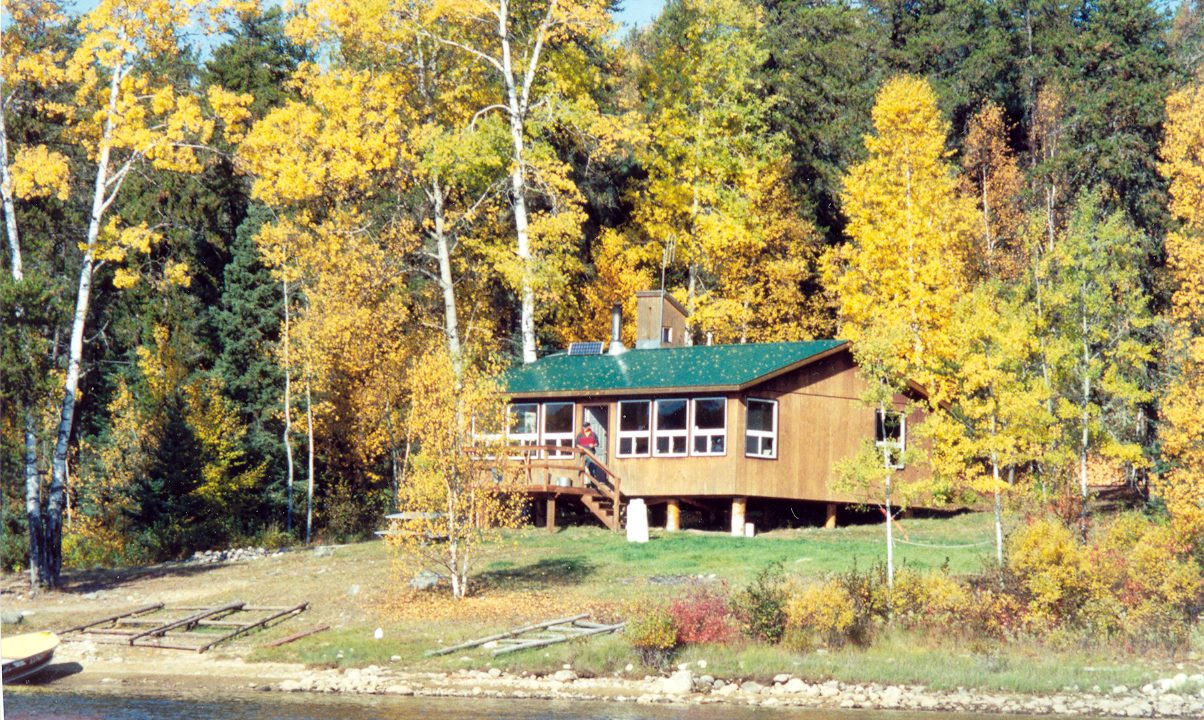If you’re an avid angler then you’ll know that fall can be a tricky time to catch fish. A common mistake is to assume that since the water is cooling then fish will be in the same shallows as they are in early spring. The funny thing about this assumption is that you could be right one day, and very wrong the next.
The process that makes fall fishing tricky is called “turn-over.” Turn-over occurs when surface water cools until it becomes similar in temperature to water on the bottom of the lake. Once this occurs there is no thermocline – or clear transition between surface temperatures and bottom temperatures. If you’ve swam in one of our northern lakes during summer, you may have felt some cooler water nipping at your heels while the surface water seems quite comfortable. This is because your foot is near the thermocline. Once the surface temperatures cool in the fall, this thermocline disappears.
Because water becomes denser as it cools, the surface water drops to the bottom. A good wind can then move the water column such that water from the bottom of the lake displaces water on the top simply due to wave action.
I’ve actually had quite a bit of experience fishing the turn-over. In the last five years I’ve done a fly-in to a number of Wilderness North’s remote outpost camps to explore, hunt moose and of course, fish. As my annual trip occurs at the end of September, I get to witness turn-over as it happens. Typically my trip starts with very comfortable “t-shirt weather” and ends with snow, mitts and parkas. At the start of the trip, our fishing patterns mimic those prolific catches of summer; but as the weather cools – sometimes in a matter of a day or two – fish can become scarce.
This is because turn-over stratifies oxygen and temperature levels such that bait fish are distributed throughout the water column. You may find a fish at 5-feet, and another at 25-feet. This makes for slow fishing.
One of the best strategies for fishing the turn-over is to find a deep water ridge or ledge – often off a rocky point – and target those areas. Remember that larger predatory fish are finding bait fish hard to come by so they’re actively on the prowl for their next meal too. Musky anglers often catch the largest fish of the season by trolling deep-diving crank baits off points with a big drop-off. Large walleye and northern pike can also be caught in these same locations. You can either troll a diving plug, or jig a twister tail near bottom and do well.
My best technique for fishing the turn-over is to let the wind do the work. I position the boat such that once I kill the motor, the wind will push the boat from deeper, off-shore water towards a point or island. As the boat naturally turns broadside to the wind, I drop a 3/8- or 1/2-ounce jig with a white or white-and-pink twister tail off the windward side of the boat (so you can feel the wind on your face) and vertically jig off the bottom. This way I can fish my way towards shore from depths of 30-feet or more, until I’m right in the shallows. I’ve caught some “lunker” northern pike and walleye with this technique.
Overall, the fish I’ve caught in the fall have been bigger, and deeper, than in summer – say from 15- to 30-feet. So if there are a couple of operative words for fishing the turn-over they would be “deep” and “big.”
-Scott Earl Smith



